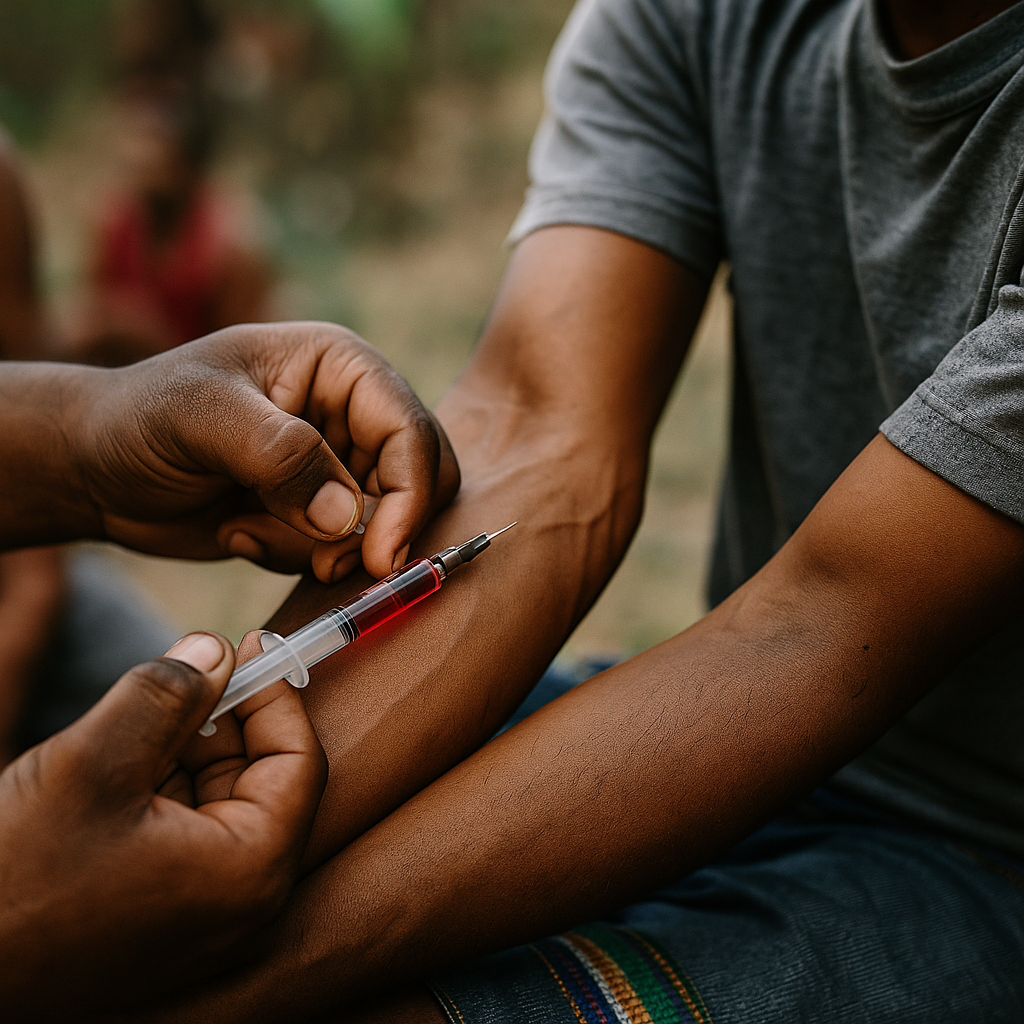The Human Immunodeficiency Virus (HIV) has caused a global pandemic since its discovery in the 1980s. However, with advancements in medical science, innovative prevention and control strategies have been developed to combat the spread of HIV/AIDS.
Antiretroviral therapy (ART) is one of the most significant innovations in the prevention and control of HIV/AIDS. ART works by suppressing the virus and preventing its progression to acquired immunodeficiency syndrome (AIDS). When taken correctly, ART can reduce the amount of virus in the blood, also known as the viral load, to undetectable levels, making it difficult for the virus to be transmitted to others.
Pre-exposure prophylaxis (PrEP) is another innovative approach to the prevention of HIV/AIDS. PrEP is a daily medication taken by individuals who are at high risk of contracting the virus. This strategy has been shown to be highly effective in reducing the risk of HIV transmission.
Needle exchange programs, which provide sterile needles to individuals who inject drugs, have also been proven to be an effective prevention strategy. These programs not only reduce the risk of HIV transmission but also help to reduce the spread of other blood-borne diseases.
Innovations in testing and diagnosis have also played a crucial role in the prevention and control of HIV/AIDS. Rapid diagnostic tests have made it easier for individuals to get tested for the virus and receive results within minutes. Early detection of the virus through testing enables individuals to start ART treatment sooner, which can improve their health outcomes and reduce the risk of transmission to others.
In addition to these medical innovations, behavioral interventions such as comprehensive risk reduction counseling and education, have been shown to be effective in reducing the risk of HIV transmission.
Despite these significant advances in the prevention and control of HIV/AIDS, much work remains to be done. Stigma and discrimination towards individuals living with the virus, as well as lack of access to care and treatment in some parts of the world, continue to pose challenges to ending the HIV/AIDS epidemic.
To continue the progress made in the fight against HIV/AIDS, it is critical to scale up existing prevention and control strategies and invest in ongoing research and development. Collaboration between healthcare providers, government agencies, and
communities affected by the virus is crucial in ensuring that everyone has access to the resources they need to prevent and control HIV/AIDS.
References:
1. World Health Organization. (2020). HIV/AIDS. Retrieved from https://www.who.int/news-room/fact-sheets/item/hiv-aids
2. Centers for Disease Control and Prevention. (2020). Pre-Exposure Prophylaxis (PrEP). Retrieved from https://www.cdc.gov/hiv/risk/prep/index.html
3. UNAIDS. (2020). HIV/AIDS epidemic update 2020. Retrieved from https://www.unaids.org/sites/default/files/2020-11/UNAIDS_Epidemiological_Snapshot_2020.pdf
*This article was produced with the assistance of artificial intelligence. Please always check and confirm with your own sources, and always consult with your healthcare professional when seeking medical treatment.



